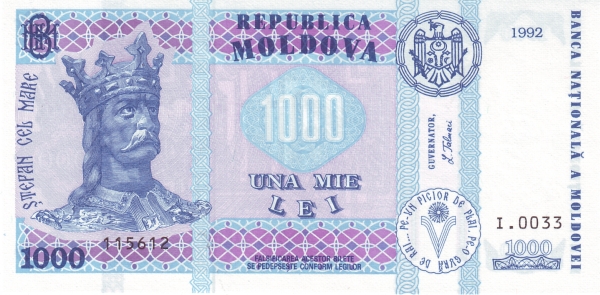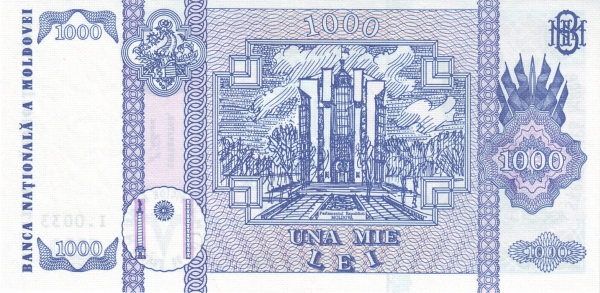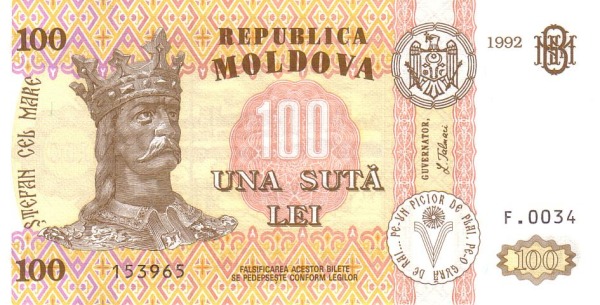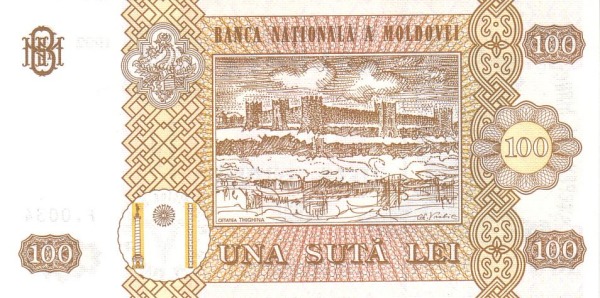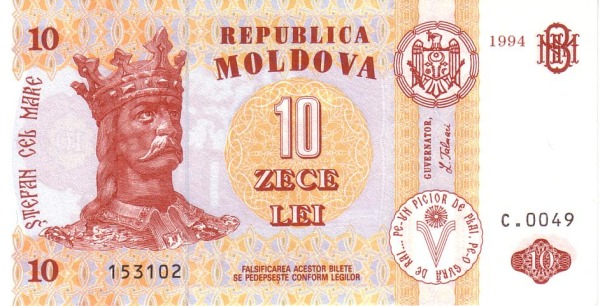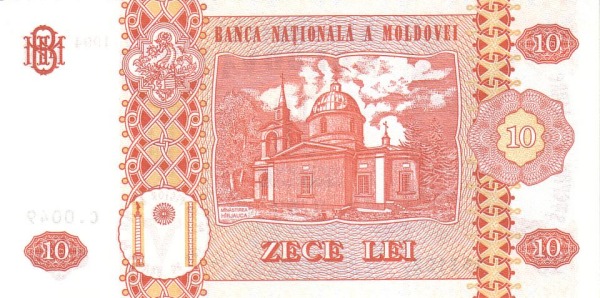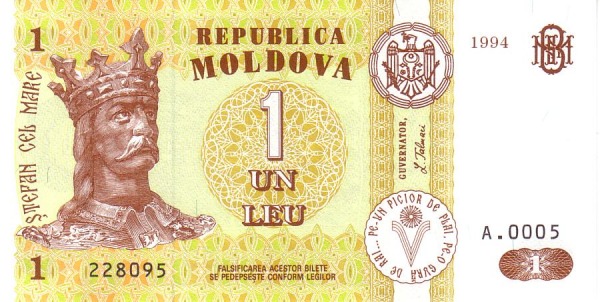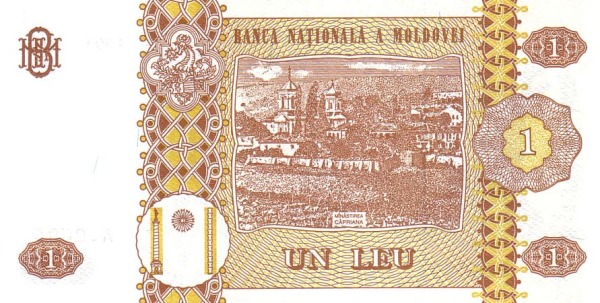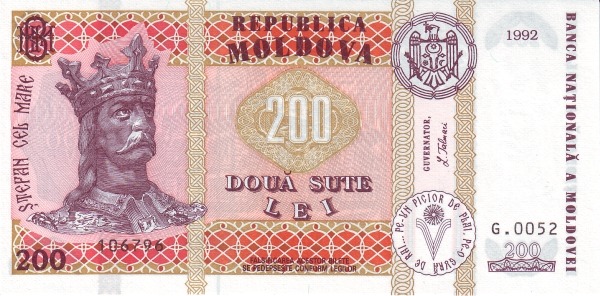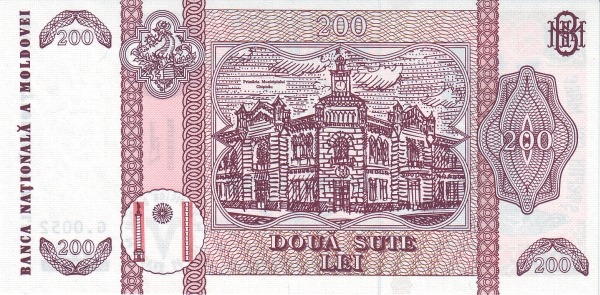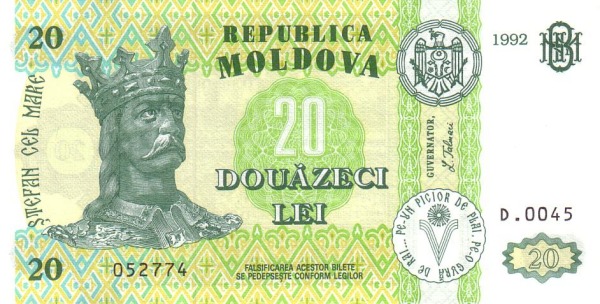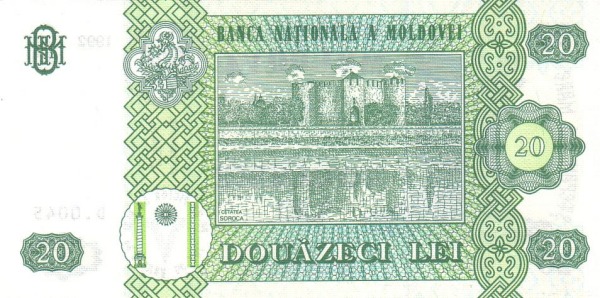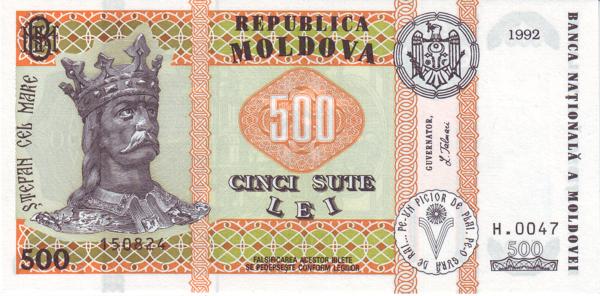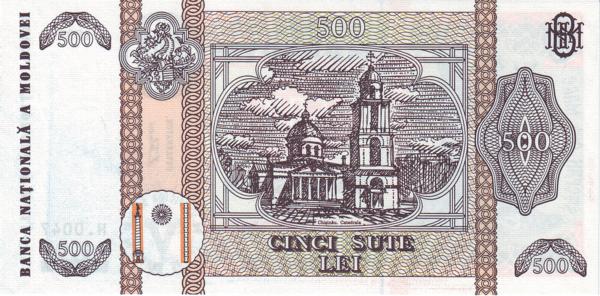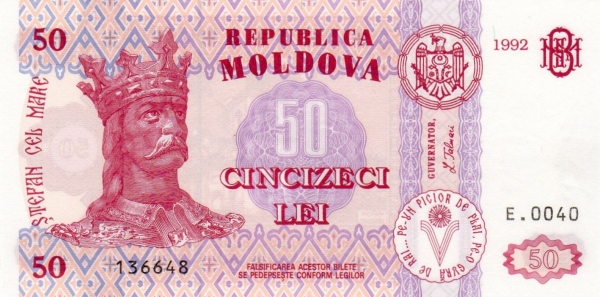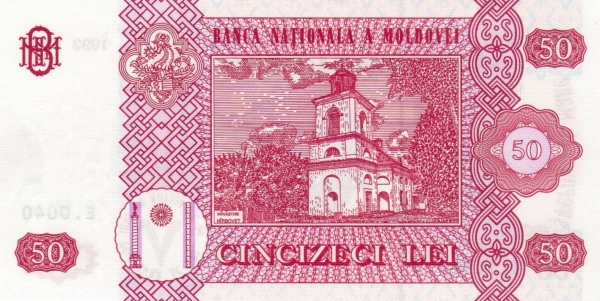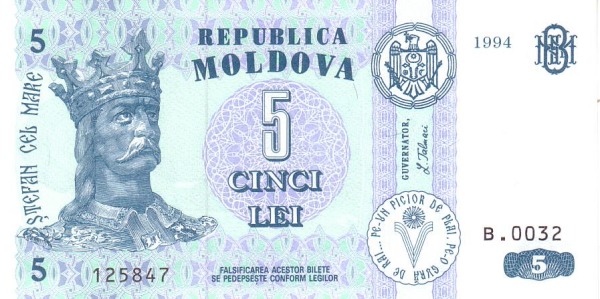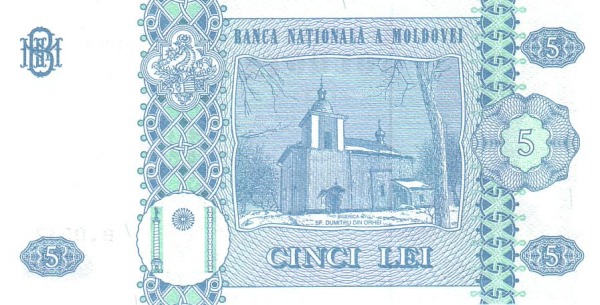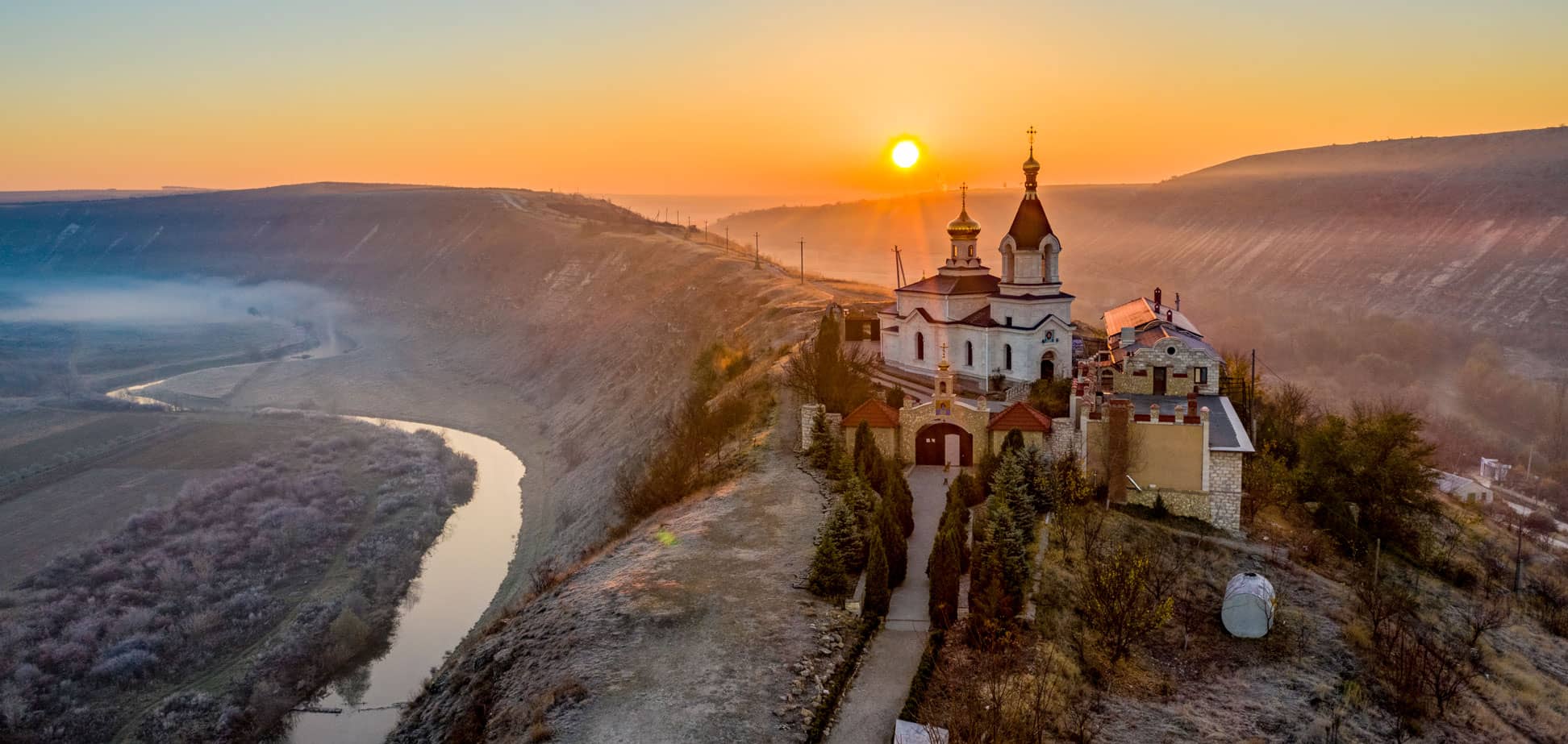Moldova, Republic of: A Glimpse into a Unique Nation
The Moldova, Republic of is a small, landlocked country located in Eastern Europe, nestled between Romania and Ukraine. It occupies a territory of 33,850 km², making it slightly larger than Belgium and comparable in size to the US state of Maryland. The rich topography of Moldova comprises mainly hilly plateaus interspersed with lush river valleys and streams. Notably, about 75% of the land is devoted to agriculture, highlighting the nation’s agrarian roots.
Geography and Natural Landscapes
The landscape of Moldova is characterized by rolling hills and valleys, which create a picturesque backdrop. Numerous rivers, including the Dniester, carve through the terrain, enhancing the country's natural beauty. The biodiversity of the region thrives due to the varying topography, making it an ecologically significant area. Residents often engage in agricultural practices, cultivating a variety of crops that contribute to the country’s economy.
Political Landscape
Historically, Moldova faced significant challenges, especially in relation to its political integrity. Throughout the 1980s, tensions escalated due to the presence of Russian military forces. These forces established a presence in a narrow strip known as Transnistria, which lies between the Dniester River and the Moldova-Ukraine border. As a result, Transnistria (officially the Pridnestrovian Moldavian Republic) emerged as an unrecognized territory, governed by pro-Russian separatists. Nevertheless, the Dniester region remains internationally acknowledged as a part of the Republic of Moldova.
Demographics of Moldova
The population of Moldova stands at approximately 2.6 million people as of 2022. The capital city, Chisinau (also known as Kishinev), serves as both the largest city and the political center of the country. Linguistically, the primary language is Moldovan, which is largely similar to Romanian. Additionally, regional dialects include Ukrainian, Russian, and Gagauz, a Turkic language common among certain groups within the population. This linguistic diversity reflects the country’s multifaceted heritage.
Historical Context — Unraveling the Past
Moldova's rich history dates back centuries, beginning with its period under Romanian rule before the effects of World War II reshaped its trajectory. Following the war's conclusion, Moldova became integrated into the Soviet Union. Since gaining independence from the USSR in 1991, the nation has faced numerous challenges, including the persistence of Russian forces on its territory, particularly in Transnistria, which has a significant Slavic majority composed predominantly of Ukrainians and Russians.
Socio-Economic Challenges
Despite its rich agricultural potential and strategic location, Moldova remains one of the poorest countries in Europe. Economic hardships have led to substantial emigration, with many citizens seeking better opportunities abroad. This outflow of talent and labor often hampers economic growth and development within the nation. In 2001, Moldova made headlines when it became the first former Soviet state to elect a Communist president, Vladimir Voronin, reflecting the complex political sentiments within the country.
Modern Developments
In a historic move towards European integration, the Moldovan government signed an Association Agreement with the EU in 2014. This agreement set forth critical reforms and policy changes aimed at enhancing Moldova's economic and political alignment with European norms and standards. On June 23, 2022, the Republic of Moldova achieved de facto EU candidate status, positioning itself for future opportunities and closer ties with Europe.
Government and Political Dynamics
Moldova operates under a parliamentary, representative democratic republic structure. In this system, the Prime Minister leads the government and exercises executive authority, while legislative powers rest with the Parliament. The President acts as the head of state, symbolizing the unity of the nation. The political environment encourages competitive elections, and the rights to assembly, speech, and religion generally receive protection.
Corruption and Governance Issues
Despite these democratic foundations, Moldova grapples with significant challenges. Corruption is pervasive among government officials, complicating efforts to reinforce the rule of law. Furthermore, the intertwining of major political parties with powerful economic interests often undermines the trust of the populace in their leaders. These obstacles hinder effective governance, posing substantial challenges to achieving stability and prosperity.
A Vibrant Cultural Tapestry
In addition to its political and economic landscape, the cultural fabric of Moldova is equally rich and diverse. Local traditions are deeply rooted in family values, agriculture, and community ties. Festivals are vibrant celebrations of music, dance, and gastronomy, showcasing the true spirit of Moldovan life. One cannot overlook the importance of wine in Moldova; it boasts some of the largest wine cellars in the world, earning a reputation as a prominent wine-producing country.
Tourism in Moldova
Tourism plays an increasingly vital role in the nation’s economy. Visitors are drawn to Moldova’s historical sites, natural beauty, and warm hospitality. The region of Bessarabia, with its charming wineries and historic monasteries, attracts those seeking both relaxation and cultural enrichment. Additionally, outdoor activities such as hiking and exploring the picturesque countryside remain popular among tourists.
Conclusion: A Nation on the Rise
In conclusion, the Moldova, Republic of offers an intriguing glimpse into a nation rich in history, culture, and potential. While it faces political and economic challenges, the resilience of its people and the momentum towards European integration spark hope for the future. As Moldova continues to navigate its path forward, it undoubtedly retains a unique identity that captivates visitors and provides valuable lessons in perseverance and growth.
Largest cities of: Moldova, Republic of
| City Name | Population | Year of foundation | |
| Chișinău | 669,200 | 1436 | |
| Bălți | 100,600 | 1436 | |
| Bender | 100,600 | 1408 | |
| Rîbnița | 50,000 | 1430 | |
| Ungheni | 37,000 | 1775 | |
| Cahul | 29,000 | 1812 | |
| Soroca | 24,000 | 1499 | |
| Orhei | 18,000 | circa 600 |
Moldova, Republic of: Money
